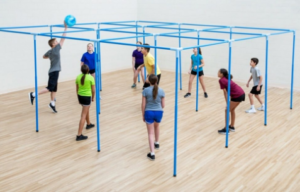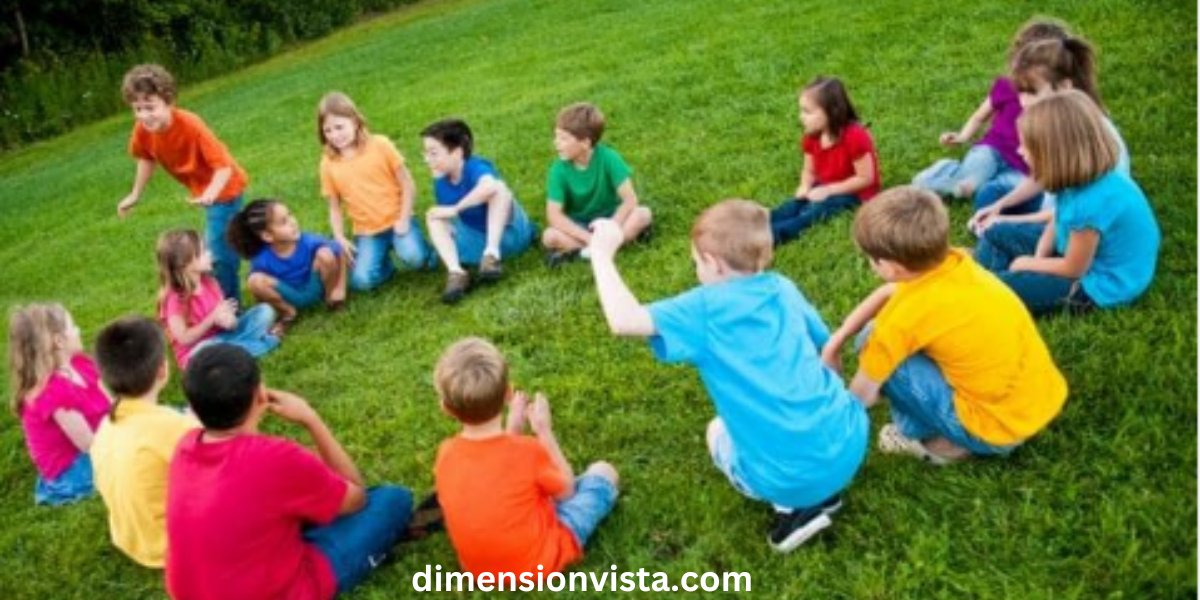School can sometimes feel like a long day of studying and structured activities, but incorporating fun games can make learning more enjoyable and social interactions more engaging. Whether you’re looking for quick classroom games, outdoor activities, or brain-boosting challenges, this guide covers the best fun games to play at school. These games can help students stay active, enhance team work, and improve cognitive skills all while having a great time.
Indoor Classroom Games

1. Heads Up, Seven Up
A classic classroom game that encourages stealth and guesswork.
- How to Play: Seven students go to the front while the rest put their heads down with thumbs up. The chosen seven each press one student’s thumb down. Those selected must guess who picked them.
- Why It’s Fun: It builds suspense and keeps students engaged.
2. Silent Ball
A great game for quiet time while still promoting hand-eye coordination.
- How to Play: Students pass a soft ball around the classroom silently. If they talk or drop the ball, they are out.
- Why It’s Fun: Encourages focus, patience, and non-verbal communication.
3. Spelling Bee
Perfect for boosting vocabulary and spelling skills.
- How to Play: The teacher gives words, and students take turns spelling them correctly to stay in the game.
- Why It’s Fun: Encourages healthy competition while reinforcing learning.
4. 20 Questions
A simple game that builds critical thinking skills.
- How to Play: One student thinks of an object, person, or place. The rest of the class asks yes/no questions to guess what it is.
- Why It’s Fun: Encourages creativity and logical thinking.
Outdoor Recess Games

5. Capture the Flag
A thrilling game that promotes teamwork and strategy.
- How to Play: Players are divided into two teams, each with a “flag” hidden on their side. The goal is to capture the other team’s flag and bring it back without being tagged.
- Why It’s Fun: It gets students running and thinking strategically.
6. Four Square
A playground favorite that enhances coordination and reflexes.
- How to Play: Four players stand in a square and bounce a ball to each other, following specific rules.
- Why It’s Fun: Fast-paced and easy to learn with endless variations.
7. Red Rover
A game of strength and agility.
- How to Play: Players form two lines and call someone from the opposite team to run and break their linked hands.
- Why It’s Fun: Involves teamwork, speed, and strategy.
8. Duck, Duck, Goose
A fun, simple game for younger students.
- How to Play: Players sit in a circle while one walks around tapping heads saying “duck” until choosing someone as “goose,” who then chases them around the circle.
- Why It’s Fun: High-energy and engaging for young kids.
Brain-Boosting Games

9. Kahoot! Quizzes
An interactive learning game using technology.
- How to Play: Teachers create quizzes, and students compete to answer questions fastest.
- Why It’s Fun: Turns learning into a competitive and exciting game.
10. Sudoku or Crossword Puzzles
Great for problem-solving and critical thinking.
- How to Play: Students complete number grids or word puzzles in a timed challenge.
- Why It’s Fun: Enhances logical thinking and vocabulary skills.
11. Simon Says
A fun listening and coordination game.
- How to Play: One player (Simon) gives instructions, and others follow but only if “Simon says” precedes the command.
- Why It’s Fun: Tests listening skills and reaction time.
Quick and Easy Games for Short Breaks

12. Rock, Paper, Scissors Tournament
A simple game with a competitive twist.
- How to Play: Students face off in quick rounds, moving up a “ladder” system until a champion is crowned.
- Why It’s Fun: Quick, exciting, and requires no equipment.
13. Would You Rather?
Encourages creative thinking and discussion.
- How to Play: Students take turns answering fun or thought-provoking “Would you rather?” questions.
- Why It’s Fun: Great icebreaker and conversation starter.
14. Pictionary
A fun drawing and guessing game.
- How to Play: One player draws while others guess the word or phrase.
- Why It’s Fun: Sparks creativity and laughter.
Conclusion
Games make school more enjoyable and provide a great way to learn team work, strategy, and problem-solving. Whether in the classroom, at recess, or during short breaks, these fun games can boost engagement and encourage social interaction. Try incorporating some of these activities into the school day to create a lively and enjoyable learning environment!

